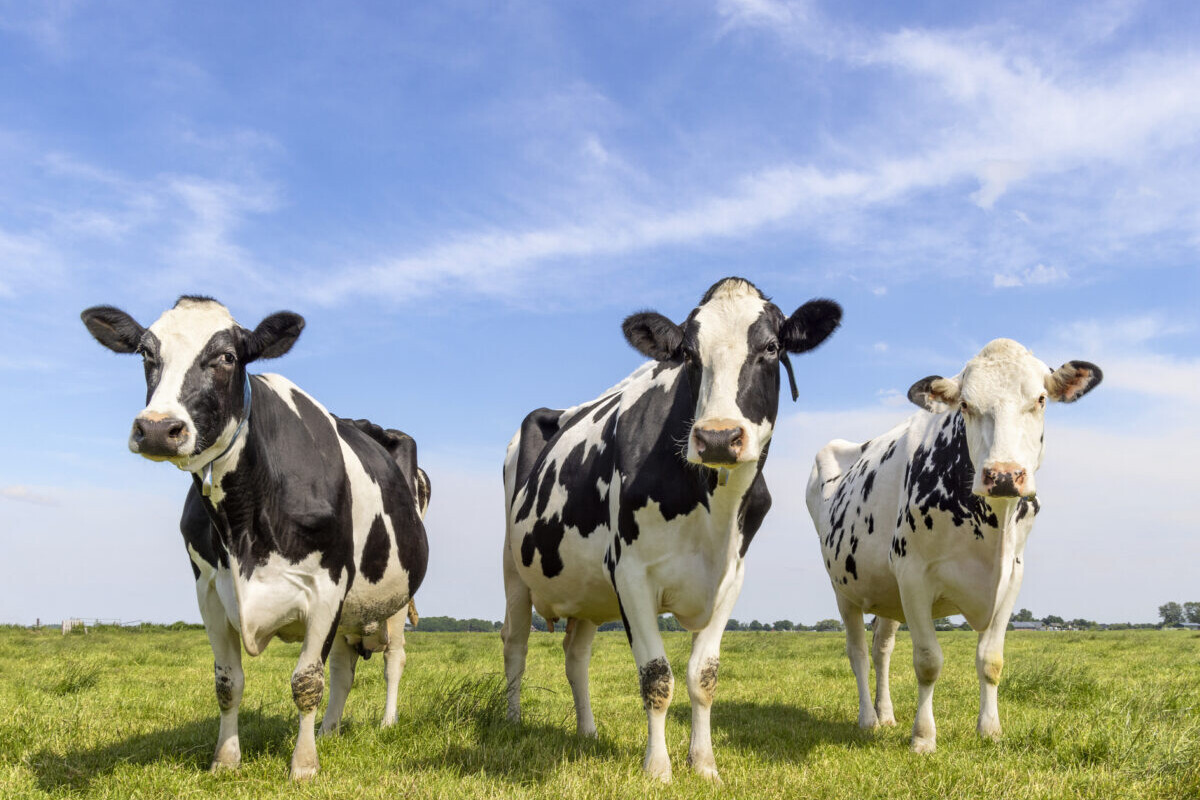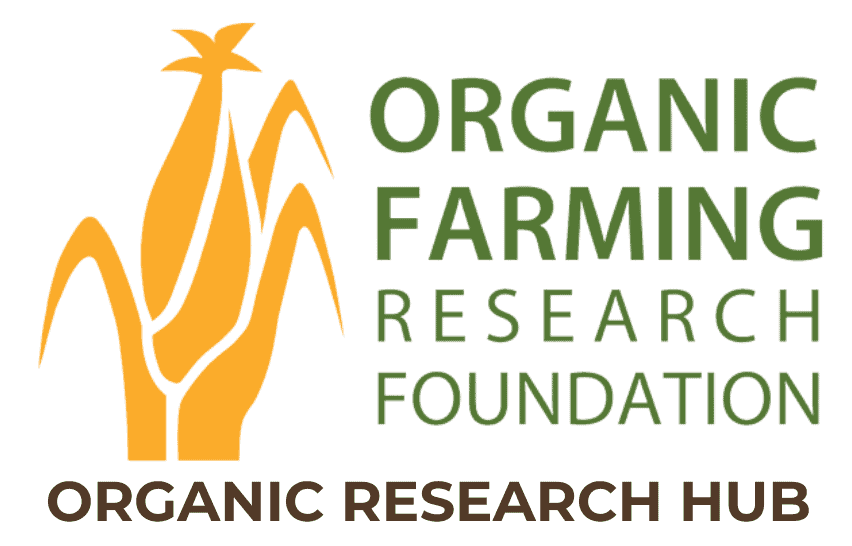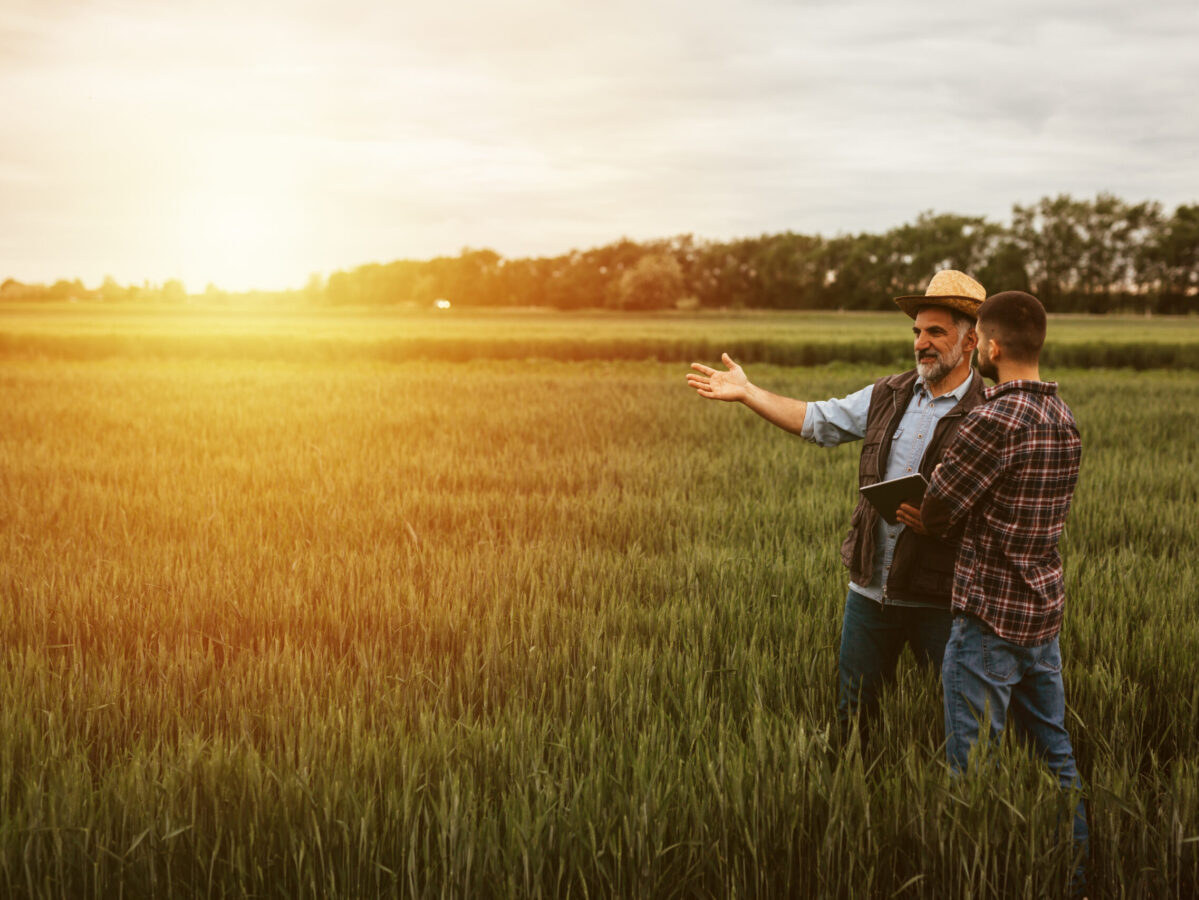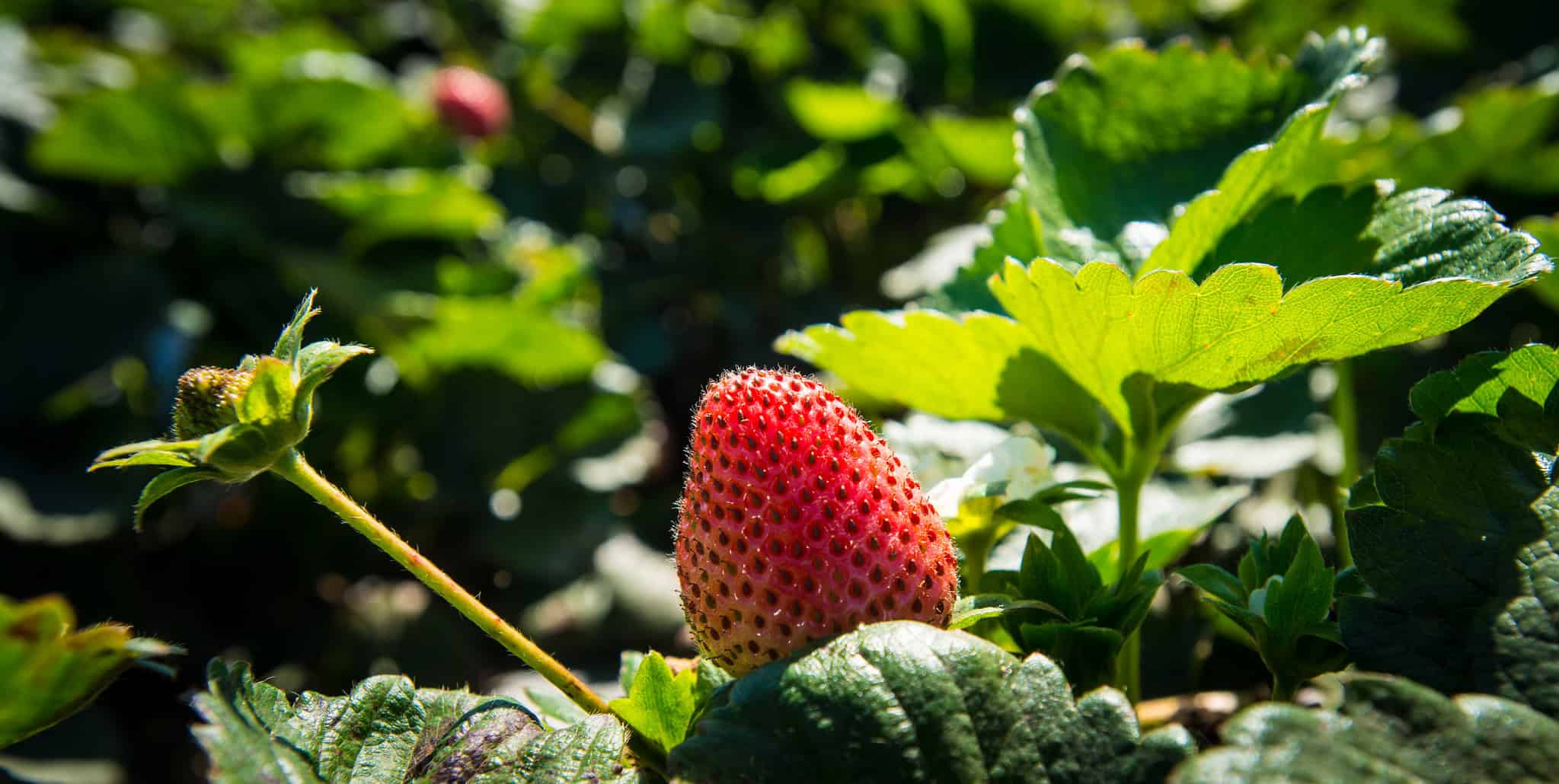Organic Dairy Farming Education Project
Lamar Janes, Community Conservation, Inc.

Original objectives
We hoped to publish and market an approximately 160-page paperback at a reasonable price. The following chapters would be included: I. Introduction and History Definitions of organic Organic production statistics Growth of organics Why do farmers choose organic farming? II. Organic Certification Why certify The certification process Brief overview of material and practices allowed in organic dairying Conversion from conventional dairy: Issues Certification resources III. A Biological Approach to Soil Health Bio-logical soil balancing Soil Testing and interpreting lab results Organic Matter Management IV. Organic Cropping Systems Rotation strategies Pest (insect, disease, weed, fungus) control V. Pasture Management Understanding Pastures Managed Rotational Grazing VI. Dairy Nutrition Management VII. Basic Herd Health General issues The immune system Making genetic choices VIII. Calves and Calf Care Breeding Selection Calving area Navel care Nutritional care: Colostrum and feed Marketing and transportation IX. Dry and Lactating Cow Management X. Milk Quality XI. Biosecurity, Handling and Transportation Biosecurity issues Animal Handling Transportation On farm euthanasia XII. Marketing The Consumer Connection Price Sustainability and Supply Management Cooperatives and Marketing Associations Self-marketing organic dairy products On farm processing Raw Milk Resources XIII. Resources ATTRA materials Rule excerpts Book Recommendations
Region
Midwest
Topic
Tools and Technology, Livestock Feeding, Livestock Well-Being
Category
Dairy
Date Range
2001-2010
Funding Amount
$4,000
Funding Year
2004Location
Gays Mills, Wisconsin
Collaborators
Jody Padgham, Midwest Organic & Sustainable Education Services (MOSES)
Faye Jones, MOSES
Robert Hadid, Humane Society of the US
Tamiko Thomas, Humane Society of the US
Tim Griffin, CROPP Cooperative/Organic Valley
Joe Pedretti, CROPP Cooperative/Organic Valley



